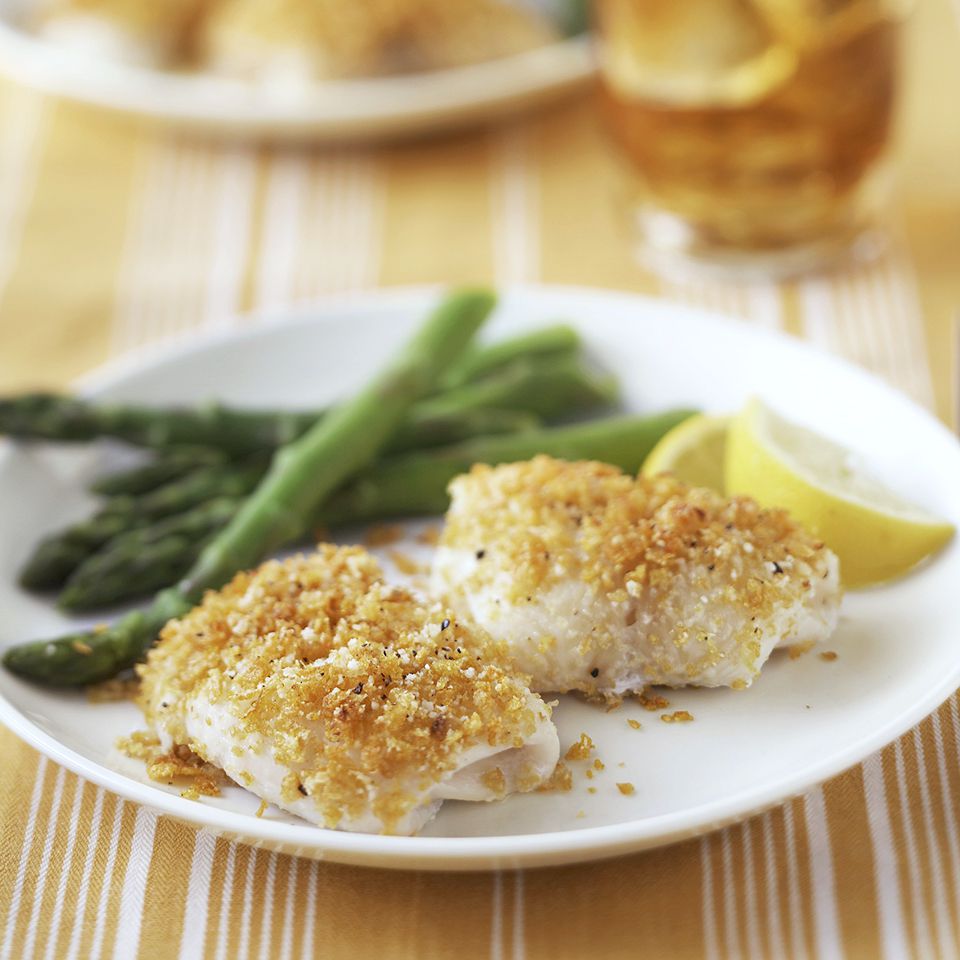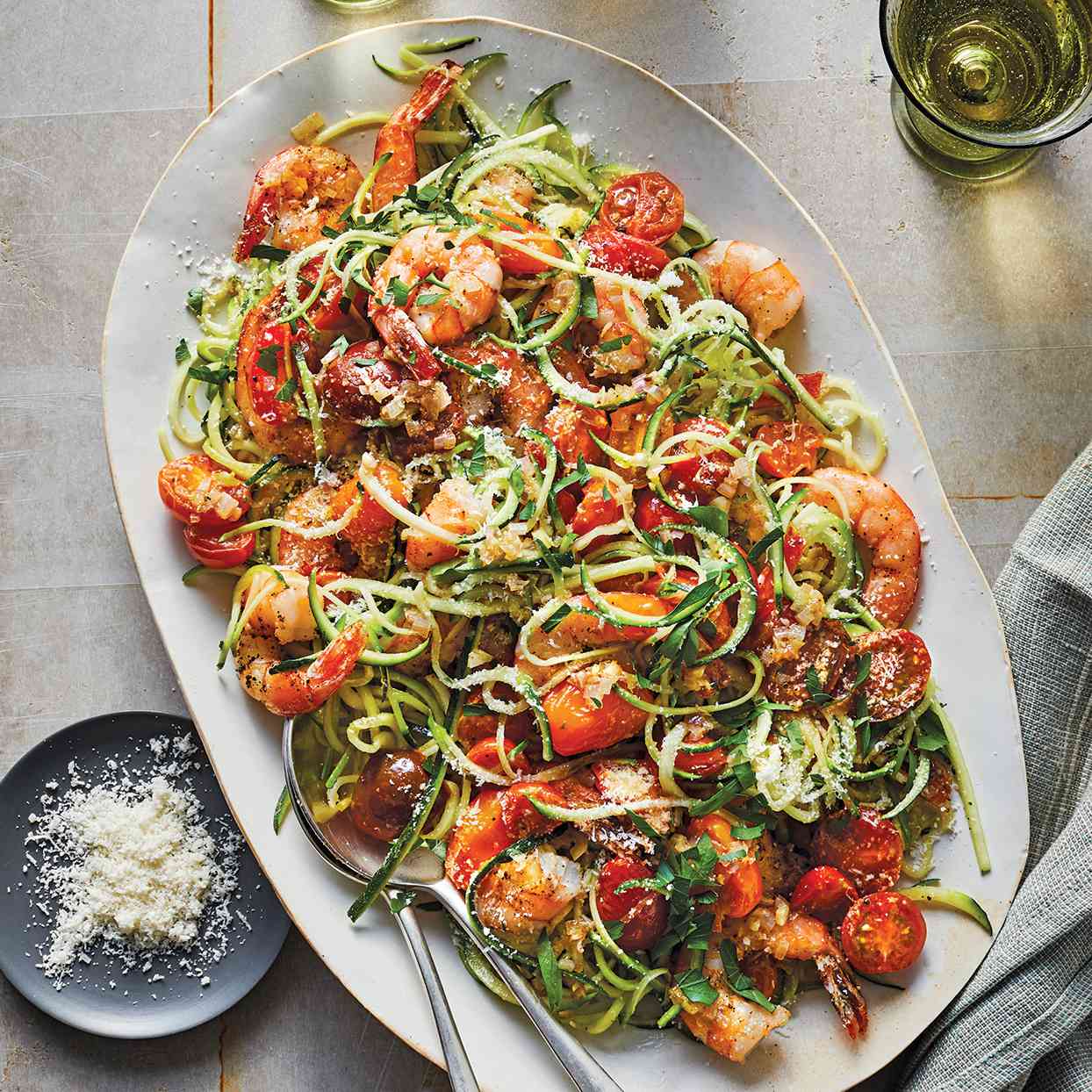What To Do When You Lose Your Sense Of Taste and Smell
There are many reasons for people to lose their sense of taste or smell, but it has unfortunatly become from common due to Covid 19. Loss of taste (ageusia) and loss of smell (anosmia) can occur for numerous reason. As we age, our sense of smell and taste can decrease (taste buds start to decrease and die starting at age 50), hormones, especially for females, nasal congestion and infections, the Covid 19 virus, concussions, nervous system disorders, chemicals, medications, smoking and drugs. It is always important to find the root cause of loss of small and taste. Reach out to an ENT (ear, nose and throat) specialist, neurologist or your general practitioner. f you are experiencing loss of smell and taste, it can siginificantly affect quality of life. Keep hope alive, as there are things you can do.
- Try adding more herbs and spices into your cooking, things such as hot sauce can be helpful
- Avoid combined food dishes such as cassaroles as the flavors are not as strong
- Add different textures to meals
- Smell training. A daily routine of sniffing essential oils 2 times a day for 30 seconds for each essential oils. After four months, try and vary the scents. Kits are available online.
- Do not smoke or do drugs
- Keep your mouth clean and have good oral hygeine. Go to your dentist if you suspect a problem
- Reduce inflammation in your nose, use a humidifyer, and use OTC antihistamines if your nose is inflamed
- Go sour! Lemon can stimulate the salivary glands to make the mouth moist, which can wake up the taste buds
- Make sure you are consuming enough protein
It is important to make sure you continue to consume a well balanced diet, even though you cannot taste. Be patient. It can take two years to regain loss of sense of tatse and smell, especially after Covid 19. It is important to note that some conditions may make loss of sense of smell and taste permanent. Be hopeful. There is research being done to find other treatments and they are on the horizon!
Lemon and Parmesan Fish
Crispy lemon fish with parmesan cheese in under 30 minutes!
Recipe Summary
Nutrition Profile:
- Ingredients
Directions
Nutrition Facts
1 serving
Let’s Talk Pancreatitis
Recently, pancreatitis has been in the news recently with Travid Barker’s hospitalization, so what is it? Pancreatitis is an inflamation of the pancreas that can be extremely painful. The pancreas is located in the upper abdomen behind the stomach. The pancreas has two main functions: It makes digestive enzymes (trypsin, chymotrypsin, amylase and lipase) and releases them into the small intestines to break down sugars, fats and carbohydrates and it produces and releases hormones into the blood such as insulin and glycogen. It can be chronic (ongoing) or acute (sudden). You will need medical tests to confirm this diagnosis such as an Xray, ultrasound, endoscopic ultrasound, ERCP, CT, and/or MRCP. Common triggers of pancreatitis include overconsumption of alcohol, heavy high fat meals , injury of the abdomen, certain medications, infections, smoking, stress and gallstones. I am going to focus on acute pancreatitis. Signs of acute pancreatitis are: Abdominal pain radiating to the back, fever, nausea, vomiting, fever and abdominal pain. Mild acute pancreatitis usually goes away on its own with the appropiate care, but may need surgery if it becomes severe. Possible complications of pancreatitis include infection, kidney failure, diabetes, breathing issues, malnutrition and pancreatic cancer. How do you care for yourself if you have acute pancreatitis (once you have sought out medical care!):
- Go on a clear liquid diet and consume only very bland, light foods. The BRAT diet (bread, rice, applesauce, tea and toast) are perfect bland foods.
- Immedeatly stop consuming alcohol and smoking.
- Rest as much as possible-Don’t push yourself at the gym while healing.
- Talk to your doctor before taking any pain medications.
You cannot prevent pancreatitis, but reducing alcohol consumption, smoking cessation and reducing fat in the diet are helpful. There are other things you can do to reduce your risk: Stay at a healthy weight. This allows the pancreas to function better. Maintain a healthy lifestyle. Exercise and consume a lof fat diet. Both obesity and diabetes are risk factors for developing pancreatitis.
It is imperetive to seek medical care if you suspect you have pancreatitis. Once diagnosed, your RD can help with your diet and creating a program to help reduce risk of future events. This condition is not something to ignore, so pay attention to your body!
Easy Shrimp Scampi with Zucchini Noodles
Enjoy classic shrimp scampi lightened up with zucchini noodles in place of pasta. The tomatoes add some sweetness and color, while the cheese contributes nuttiness and richness.





